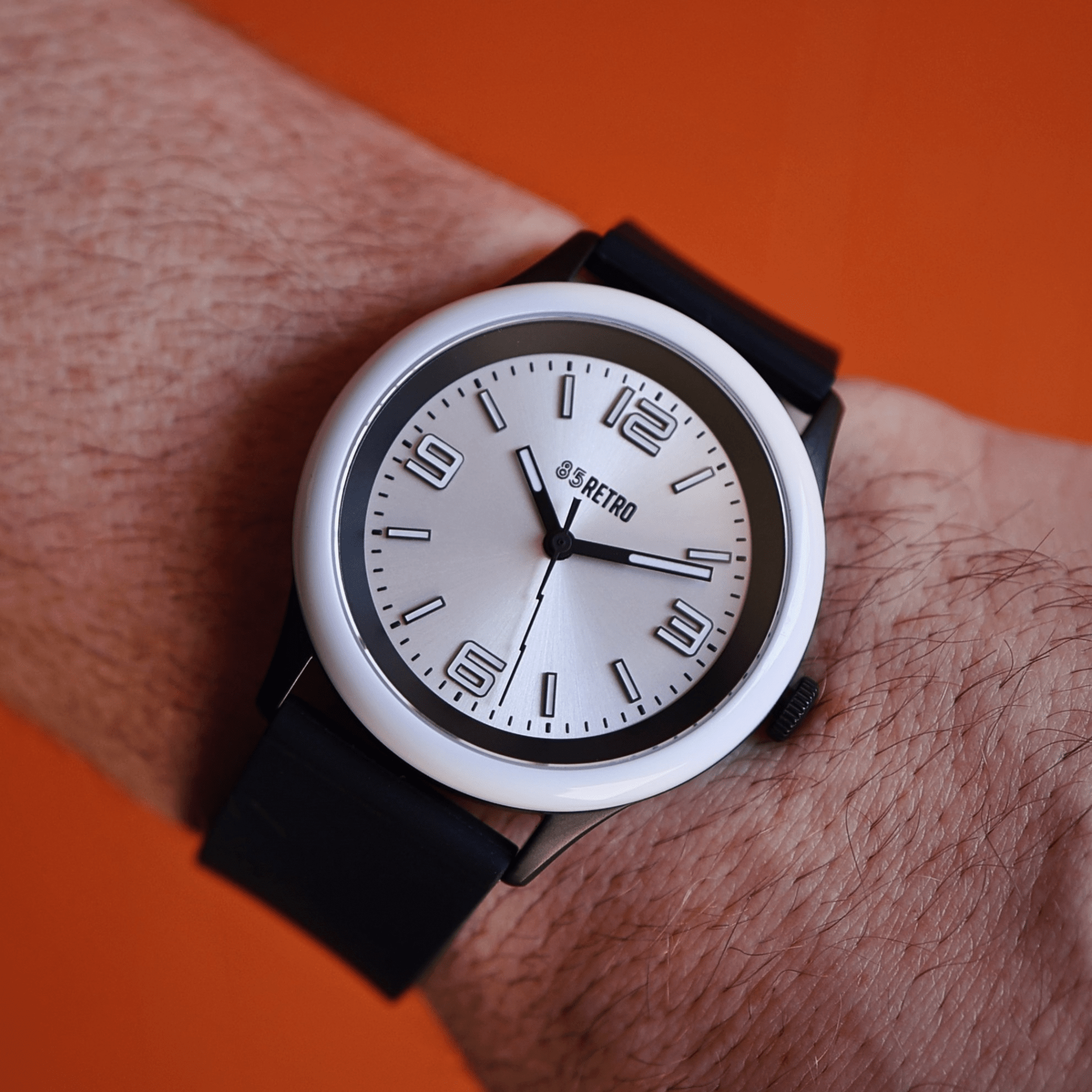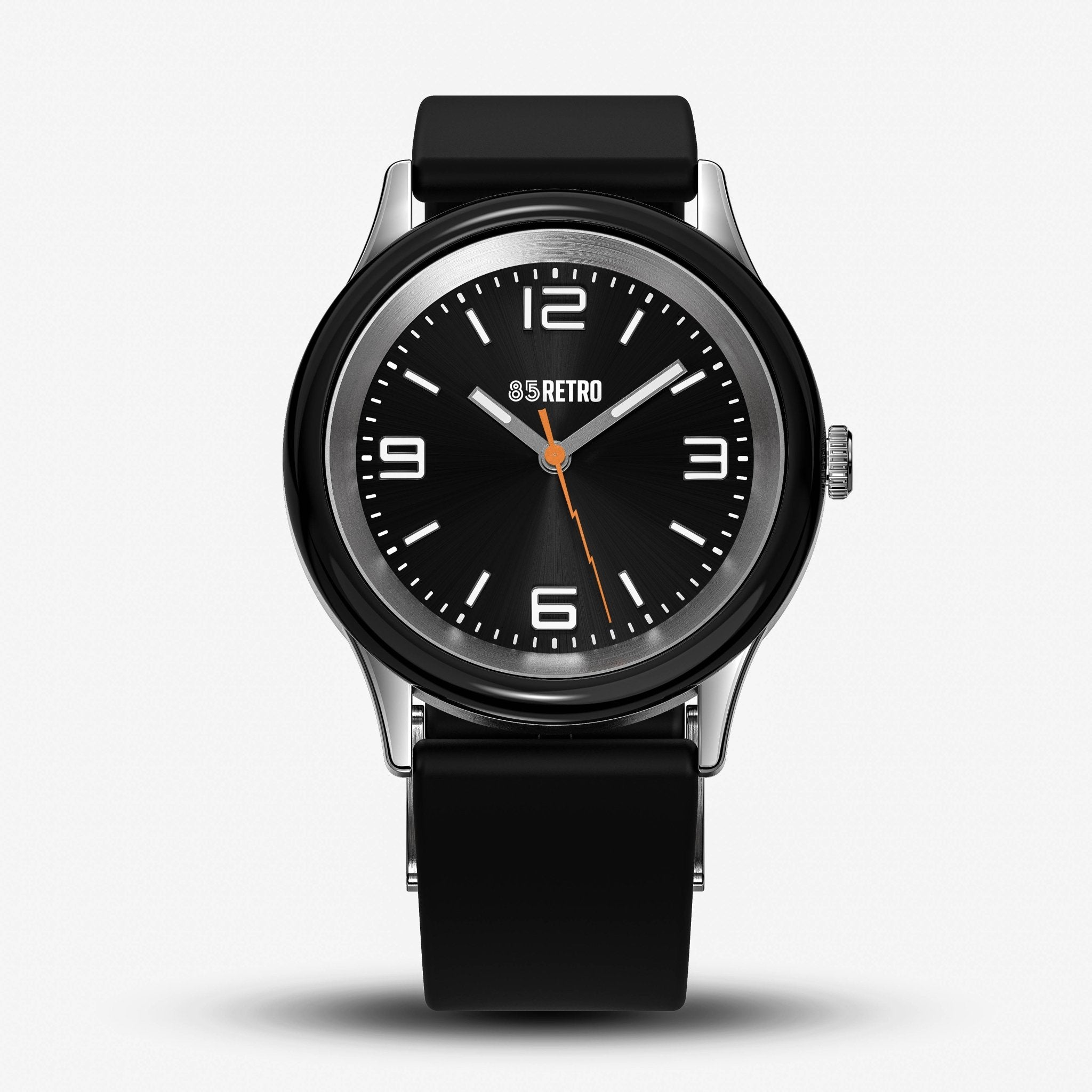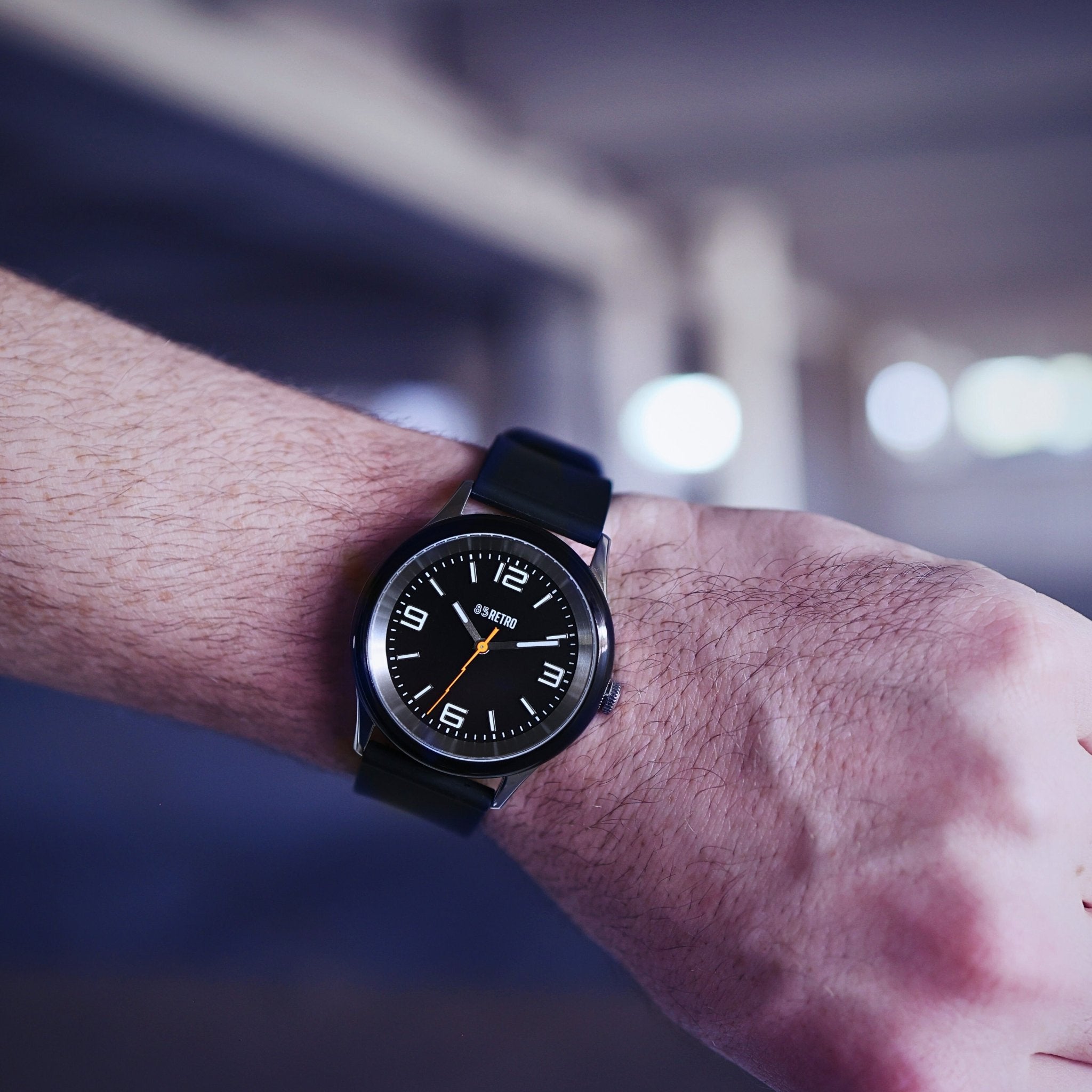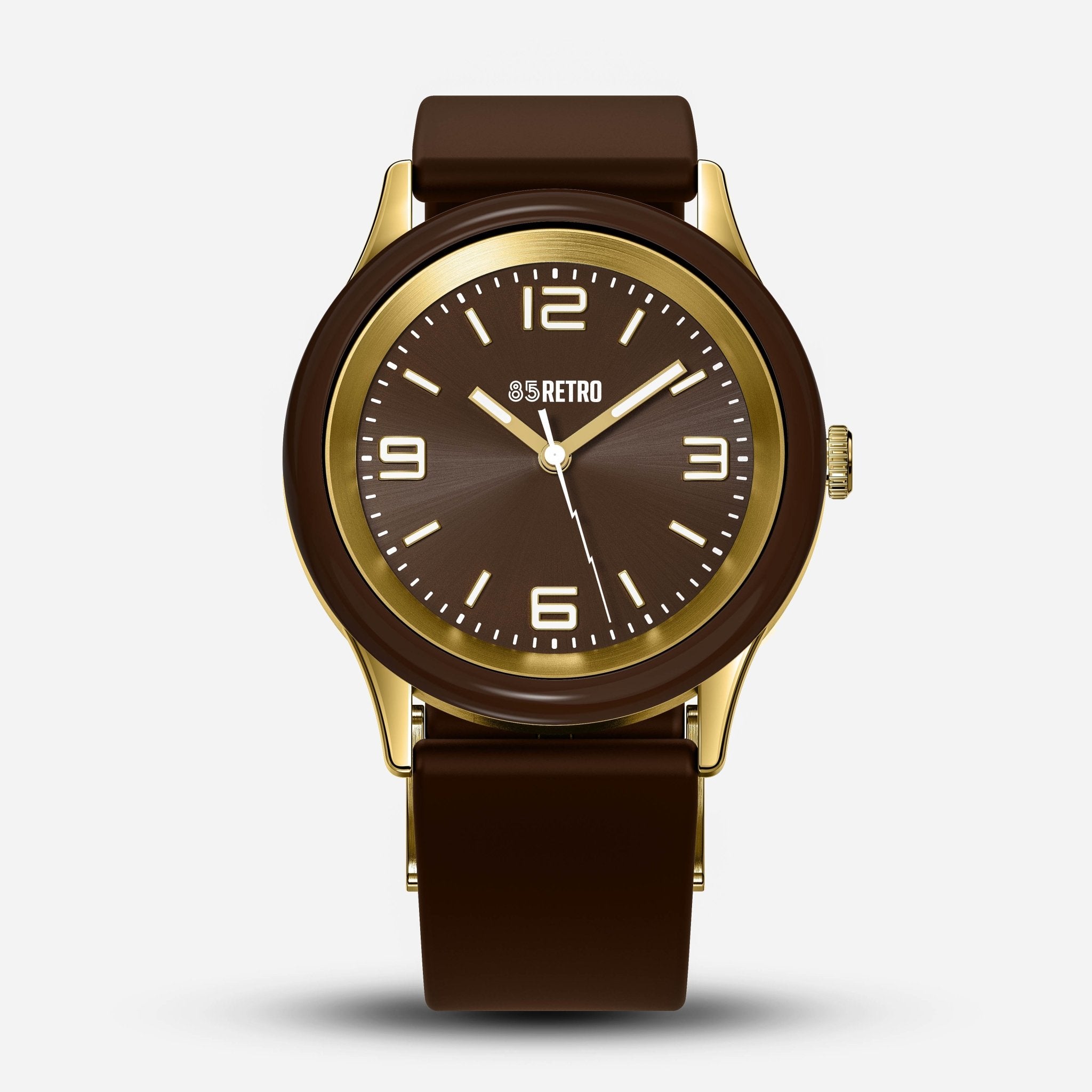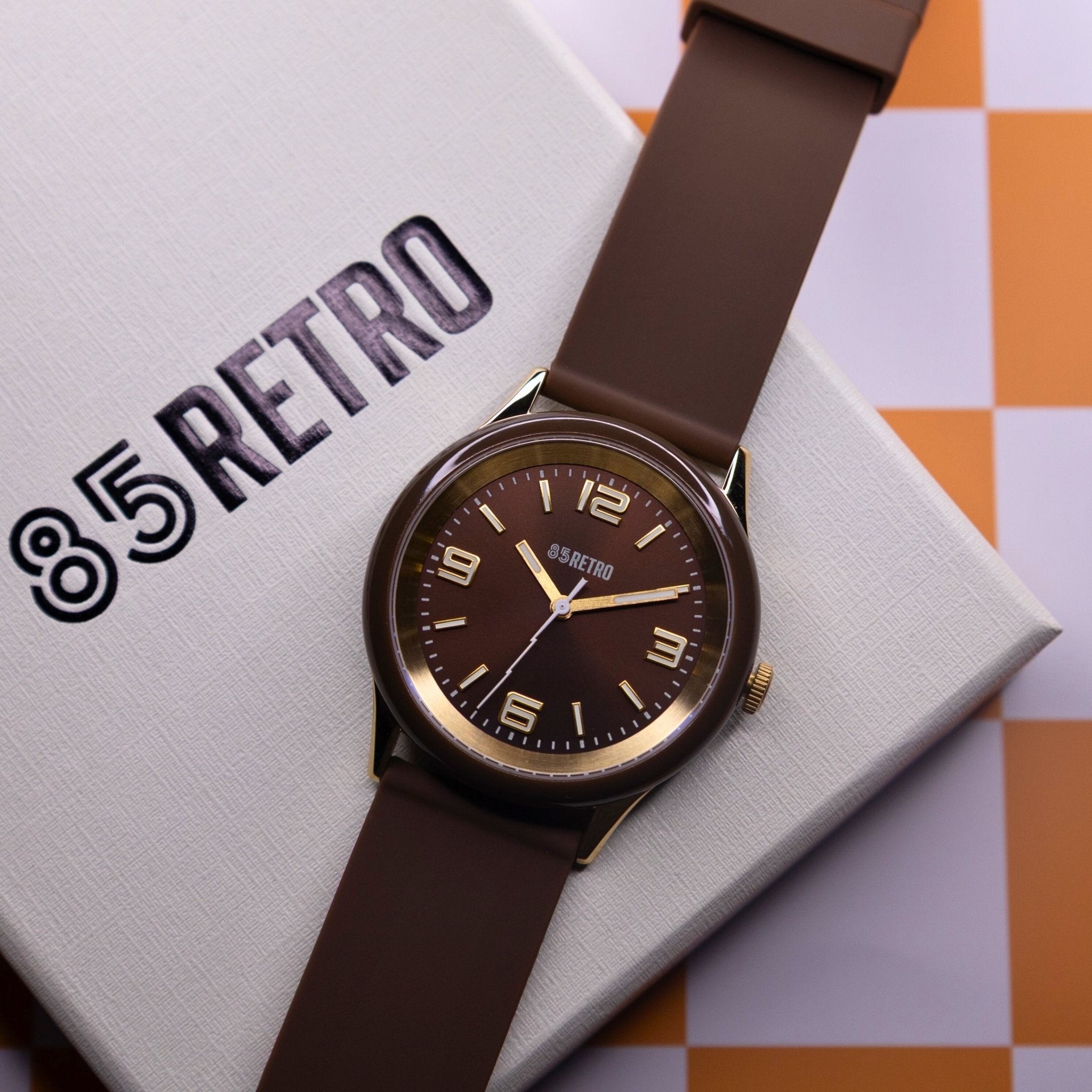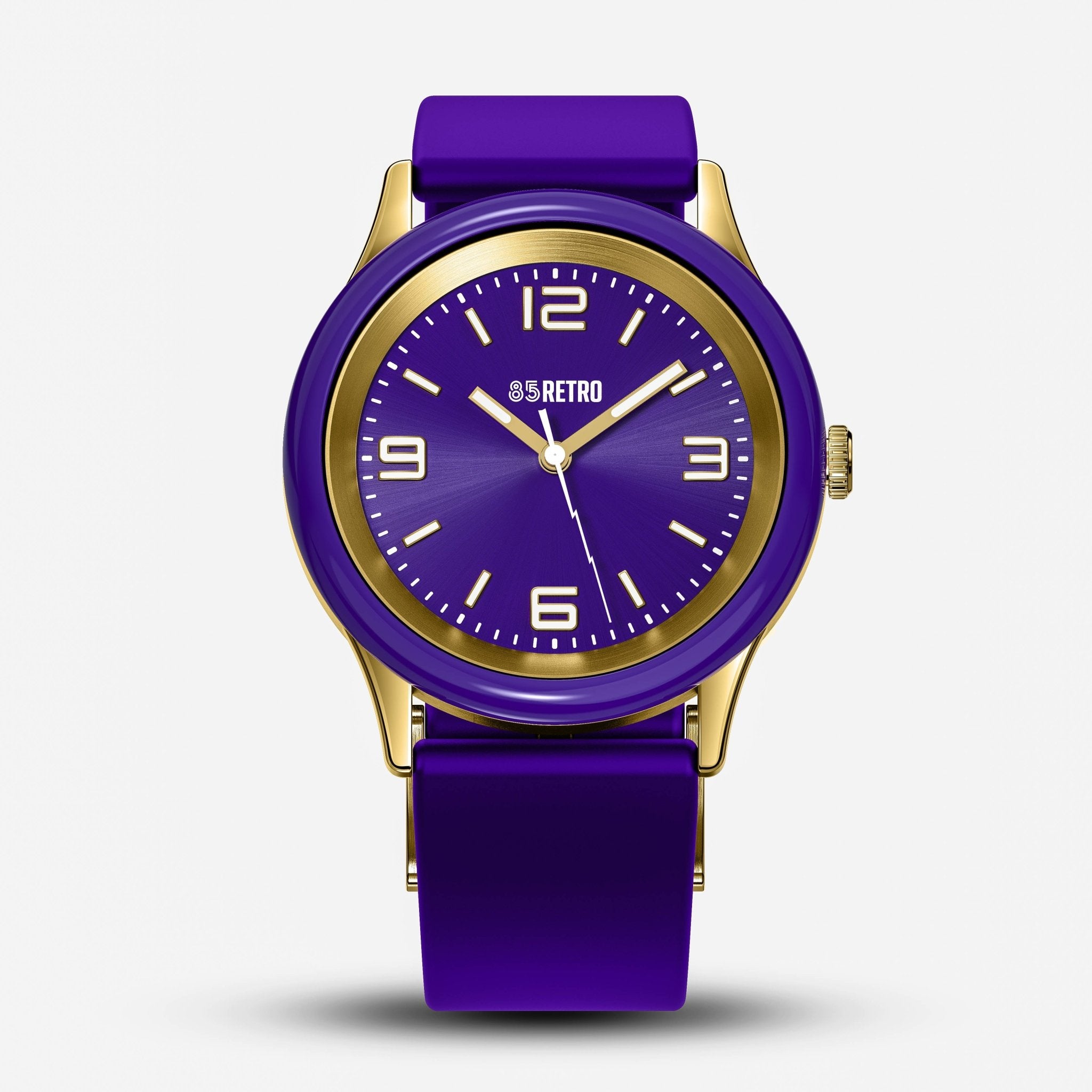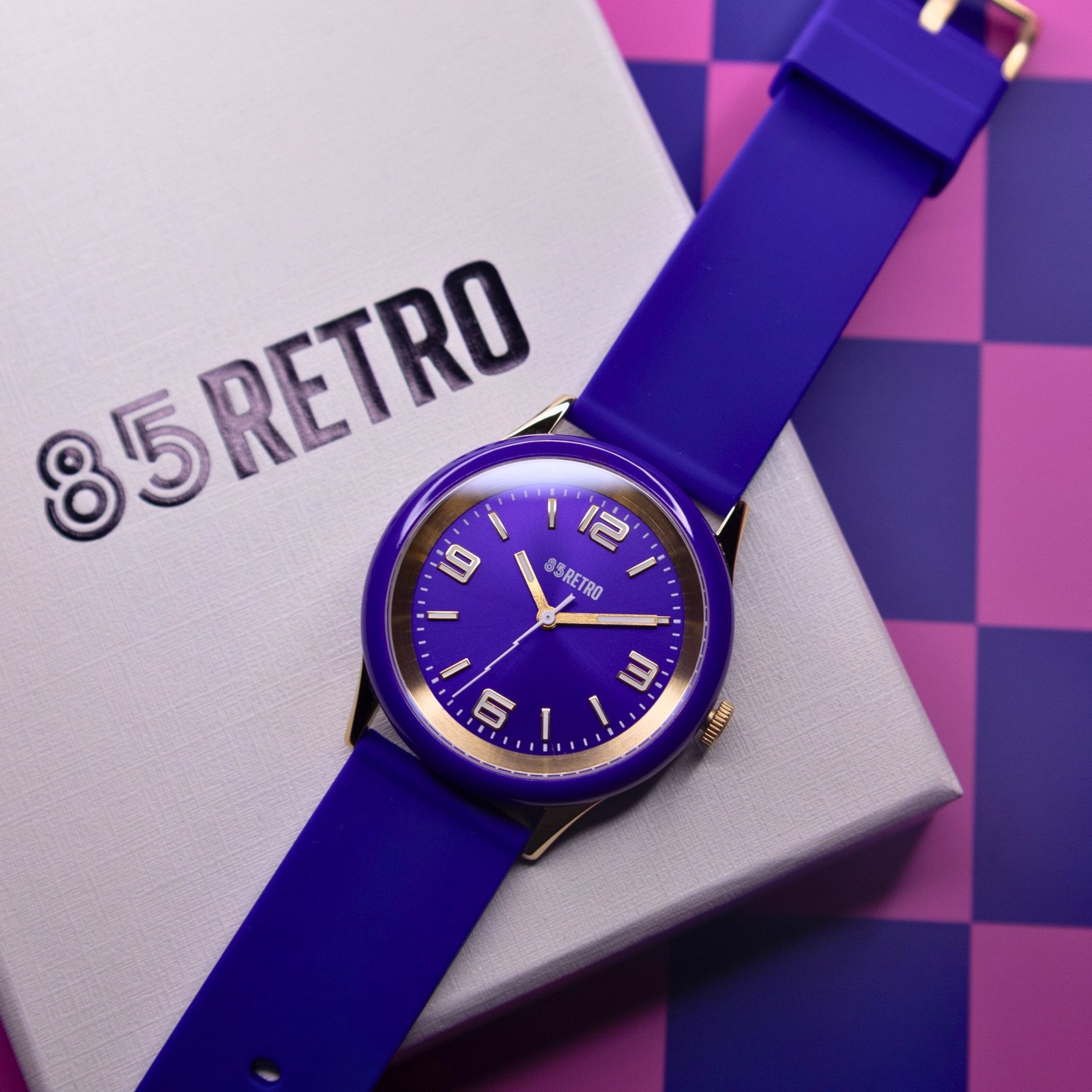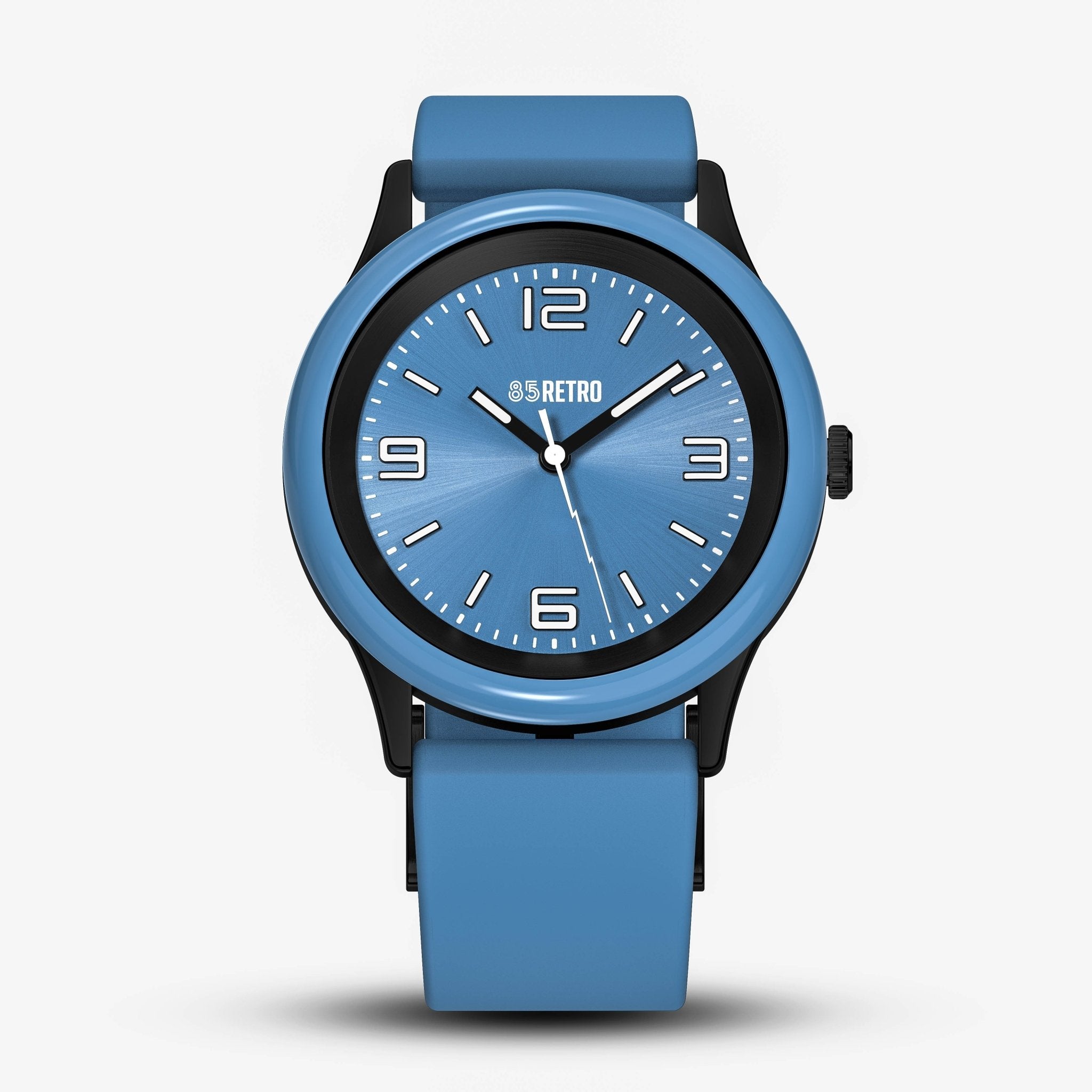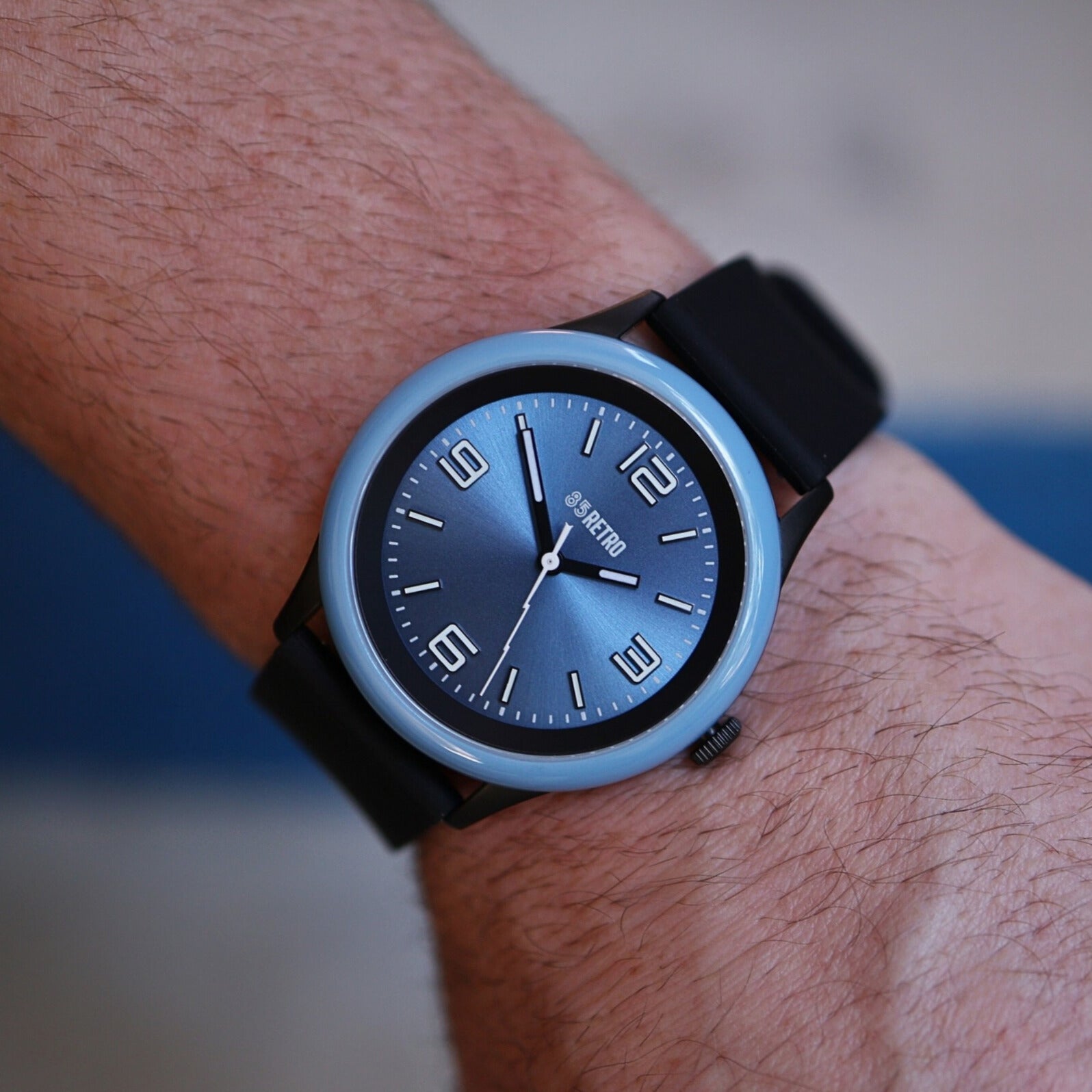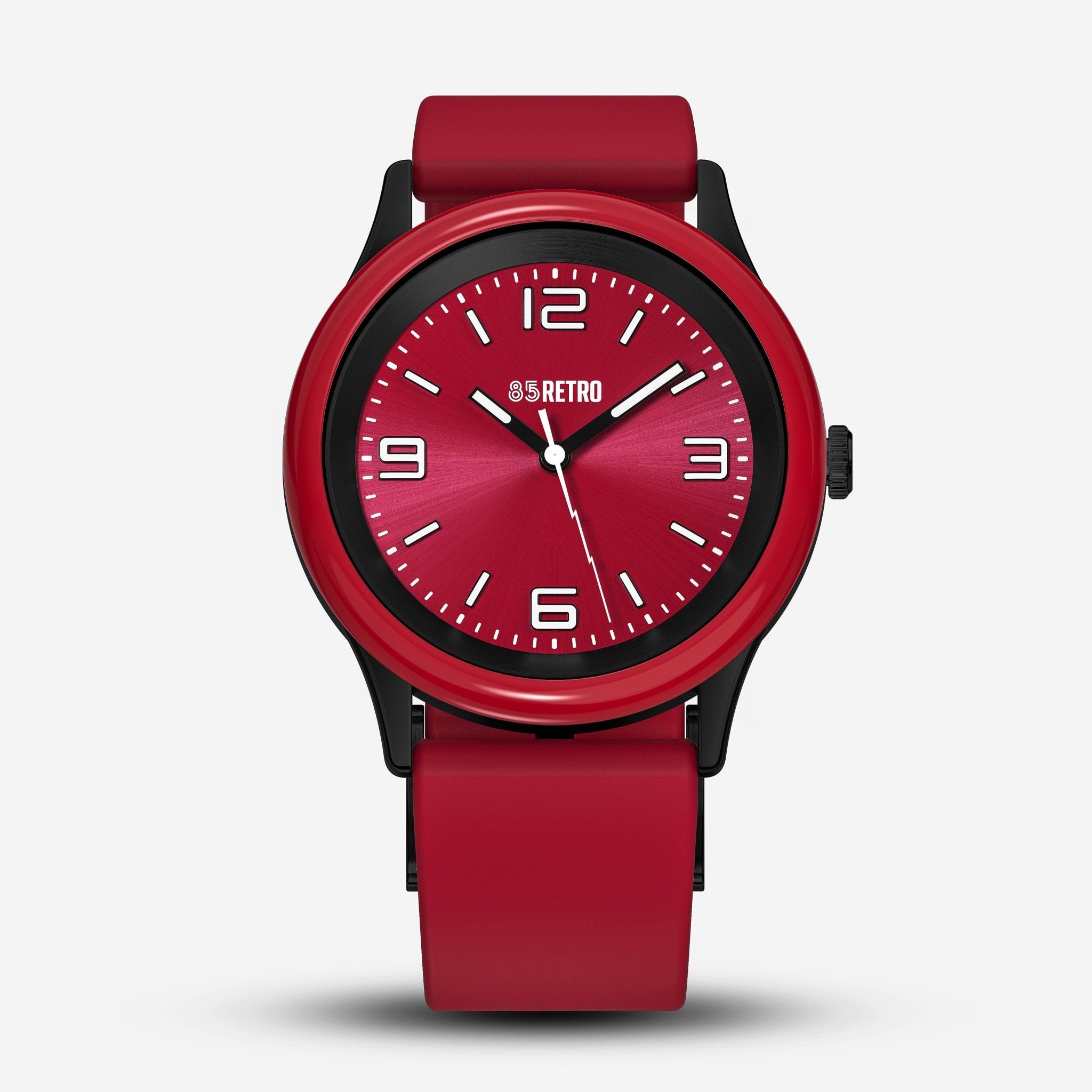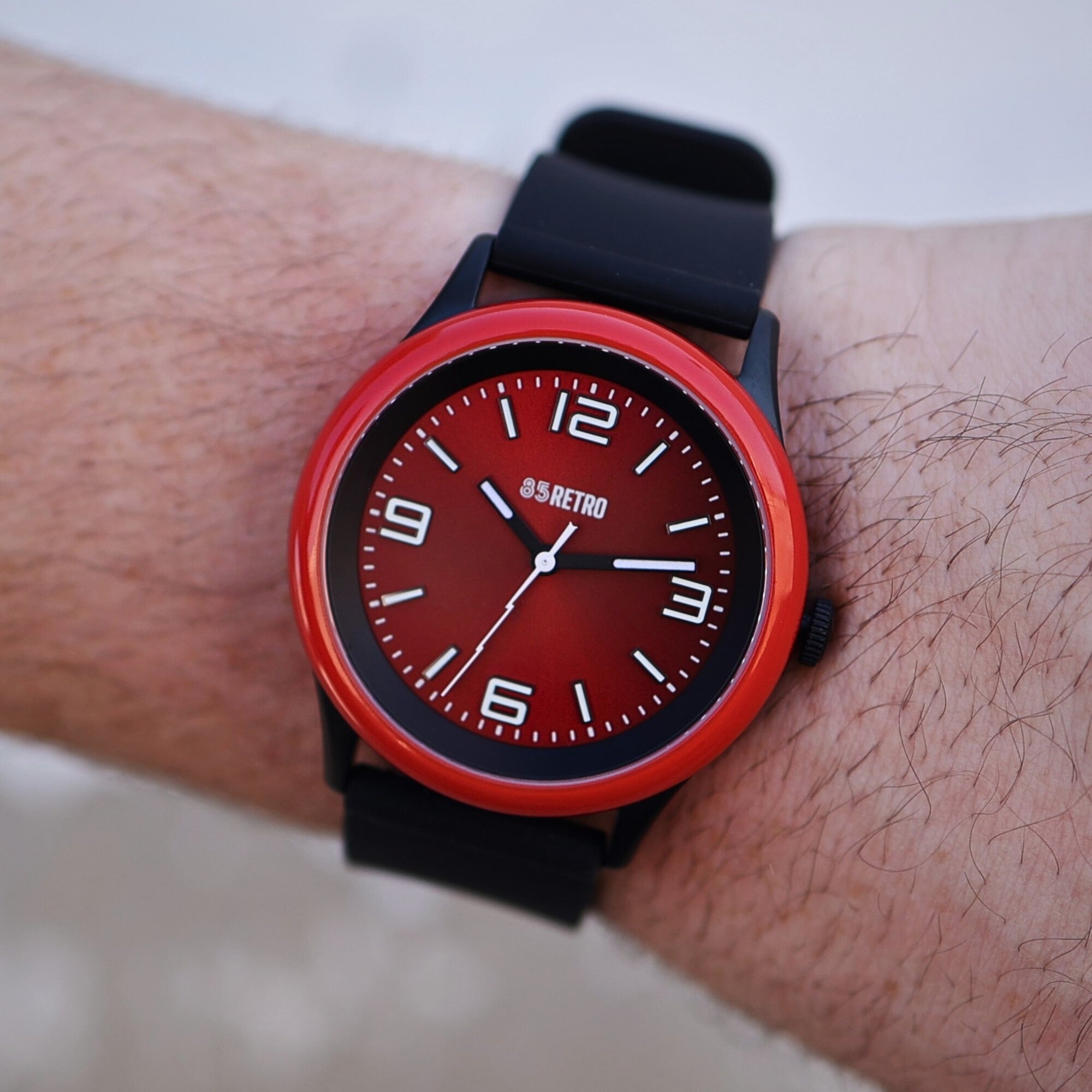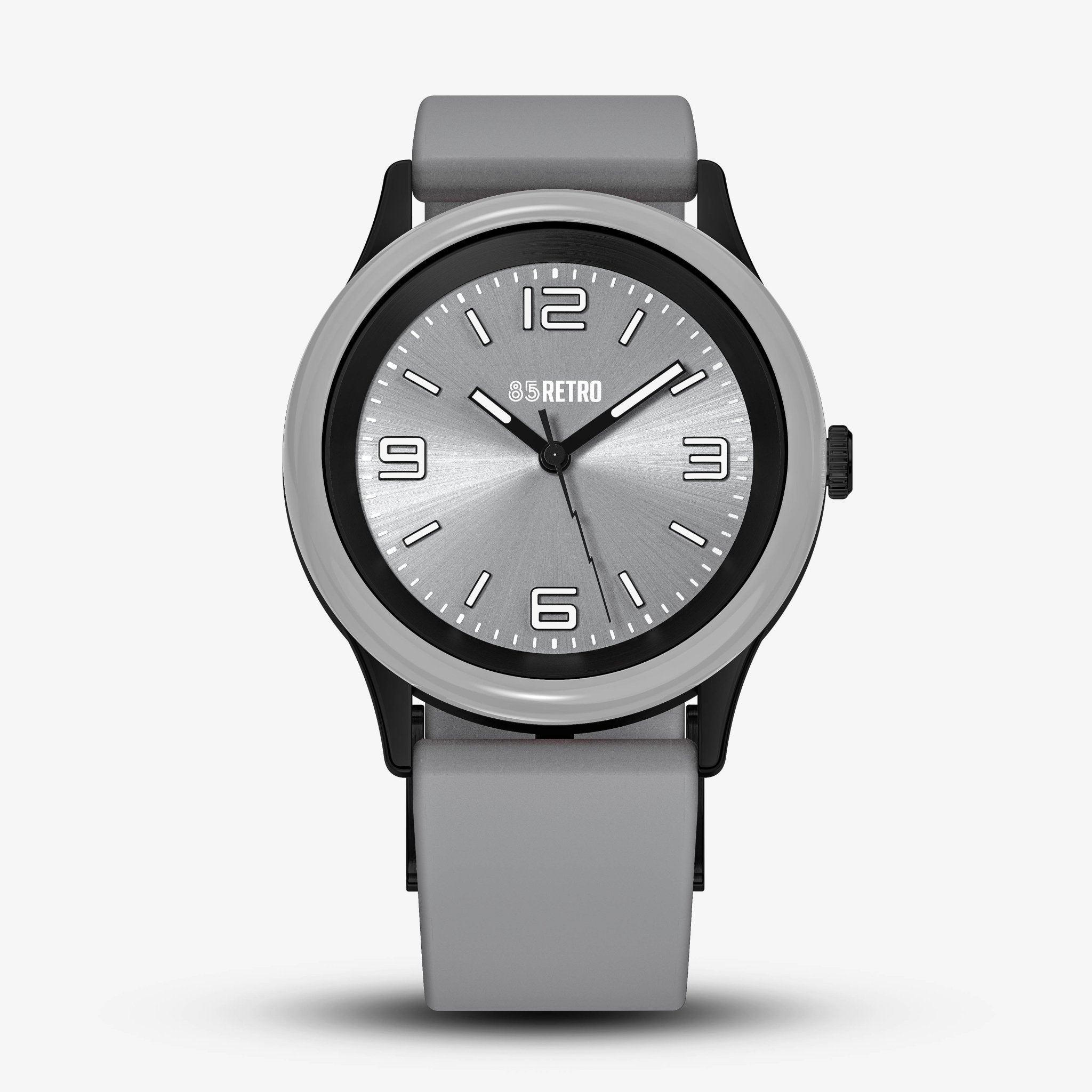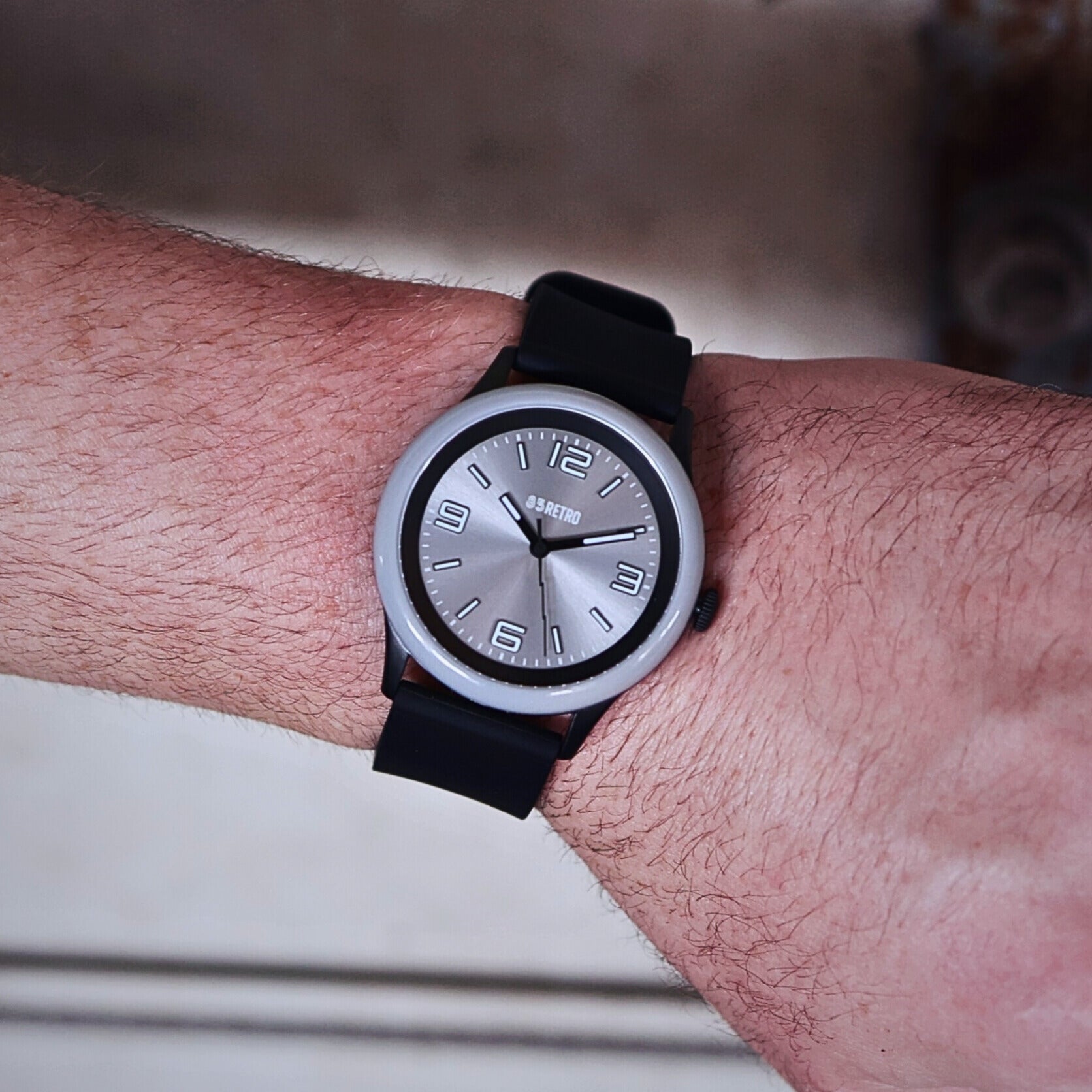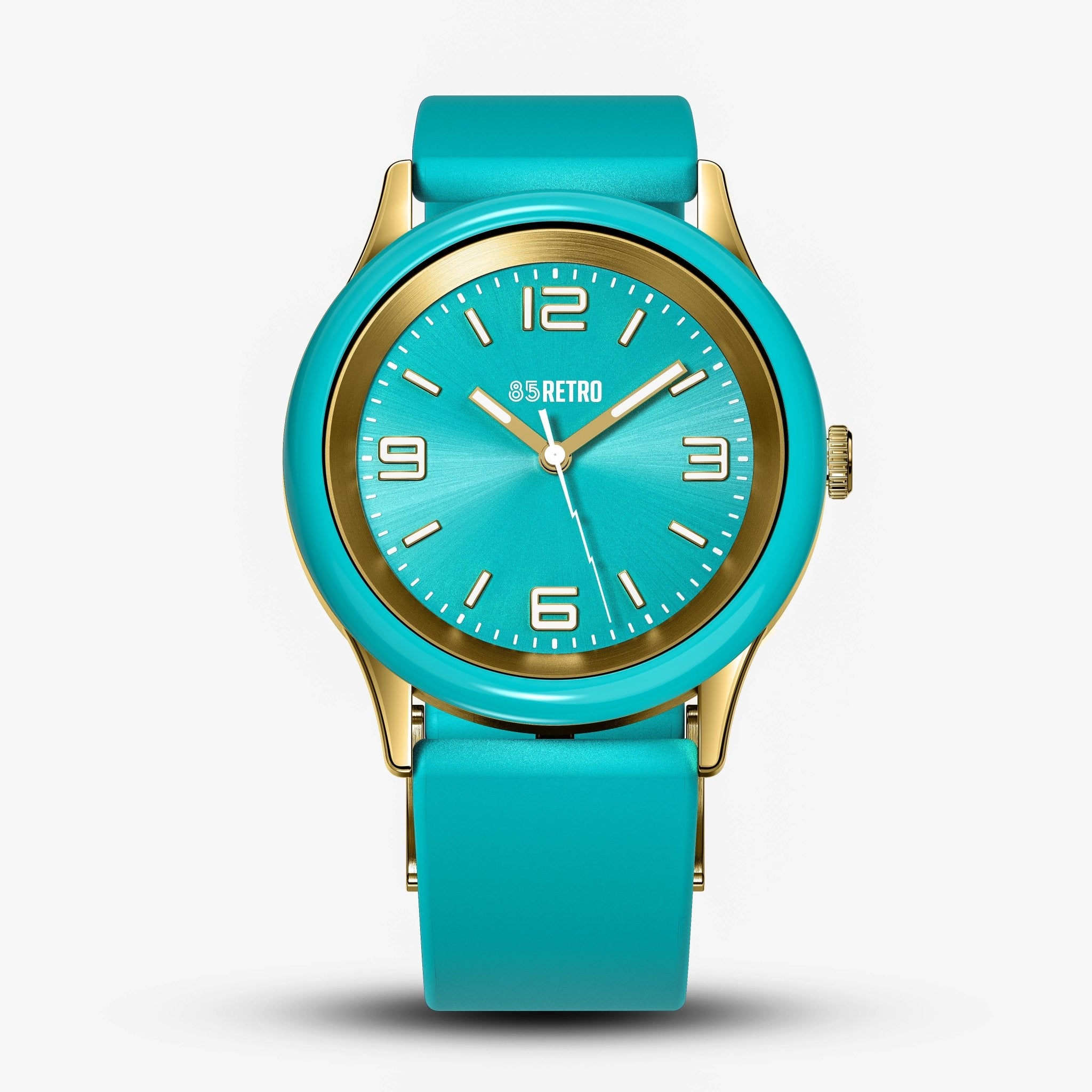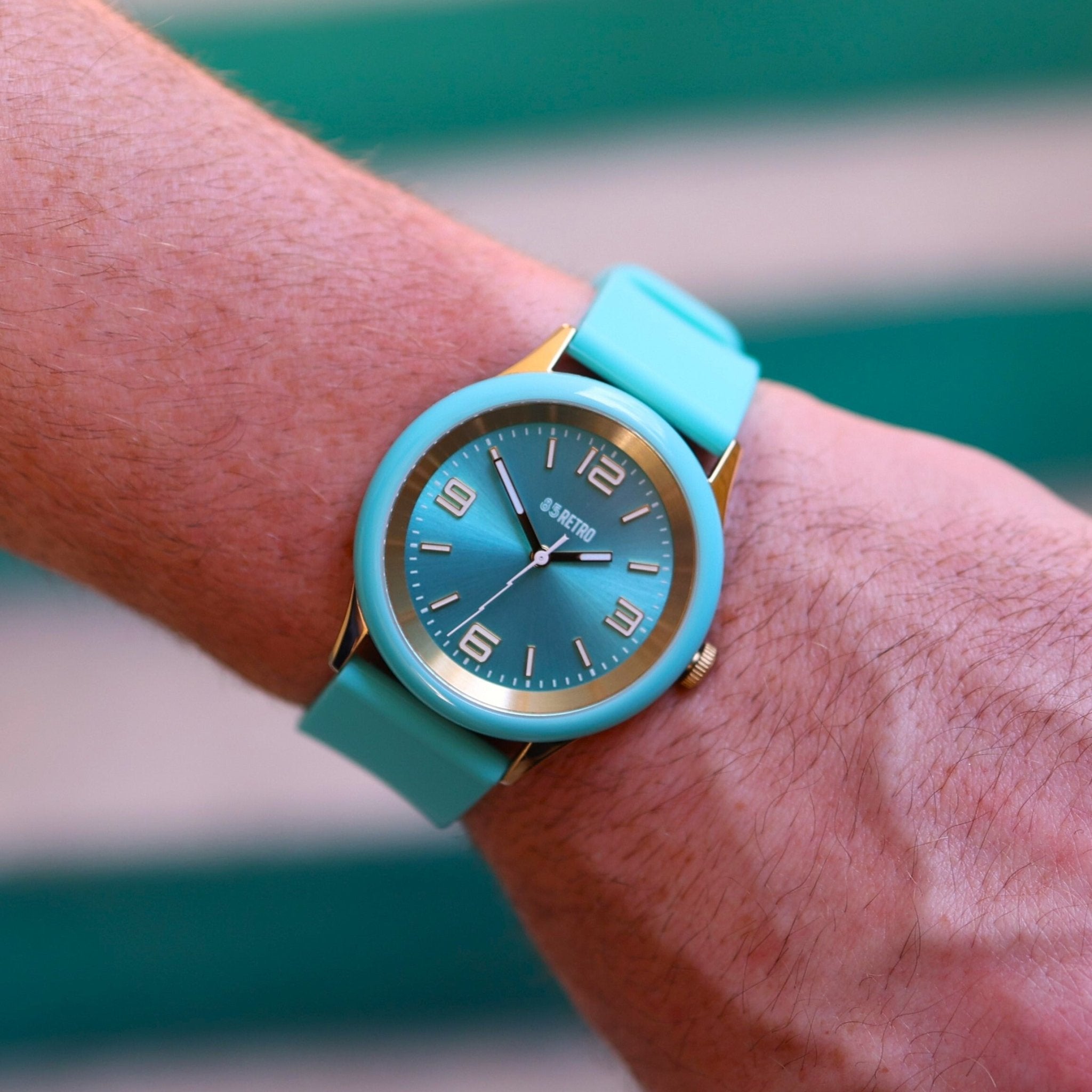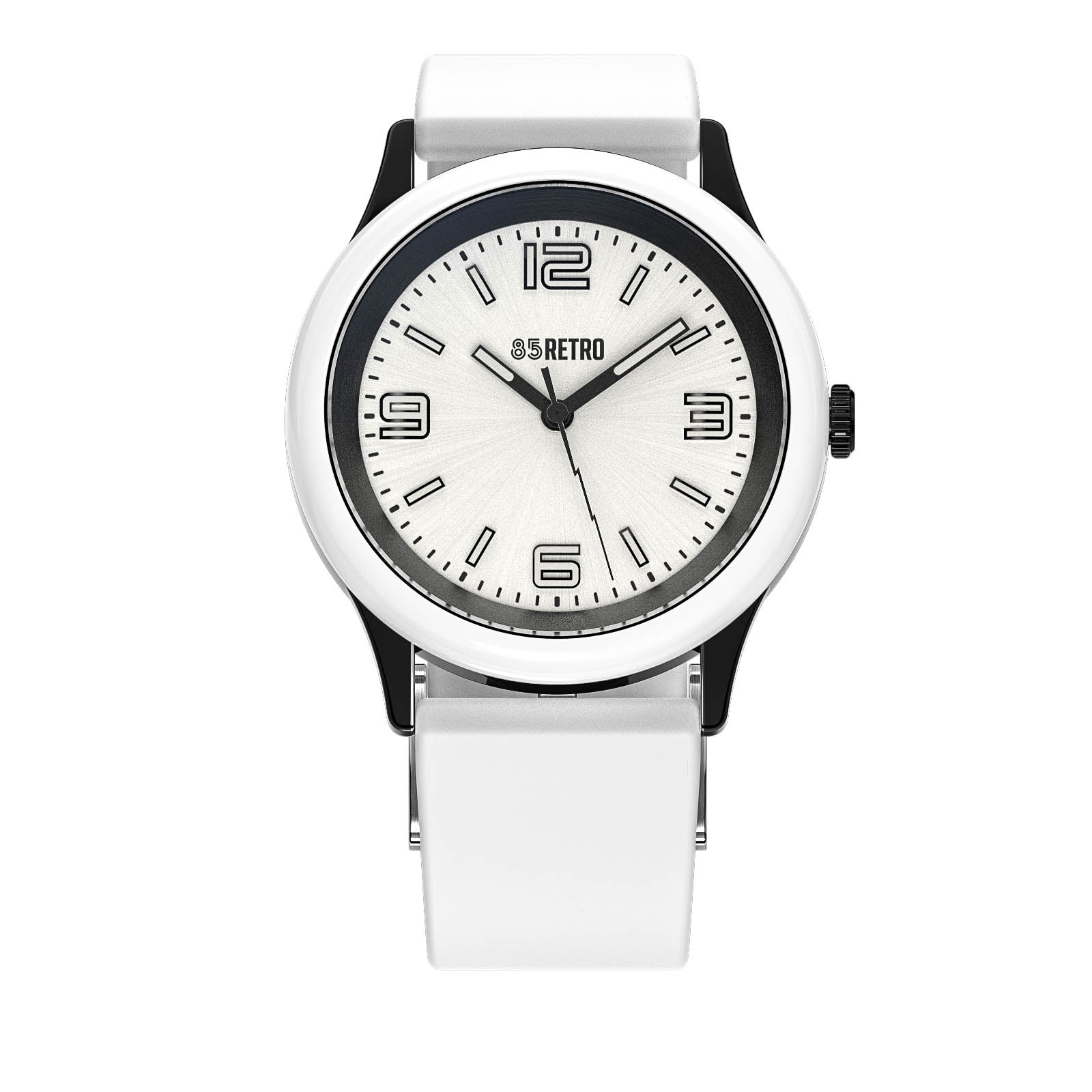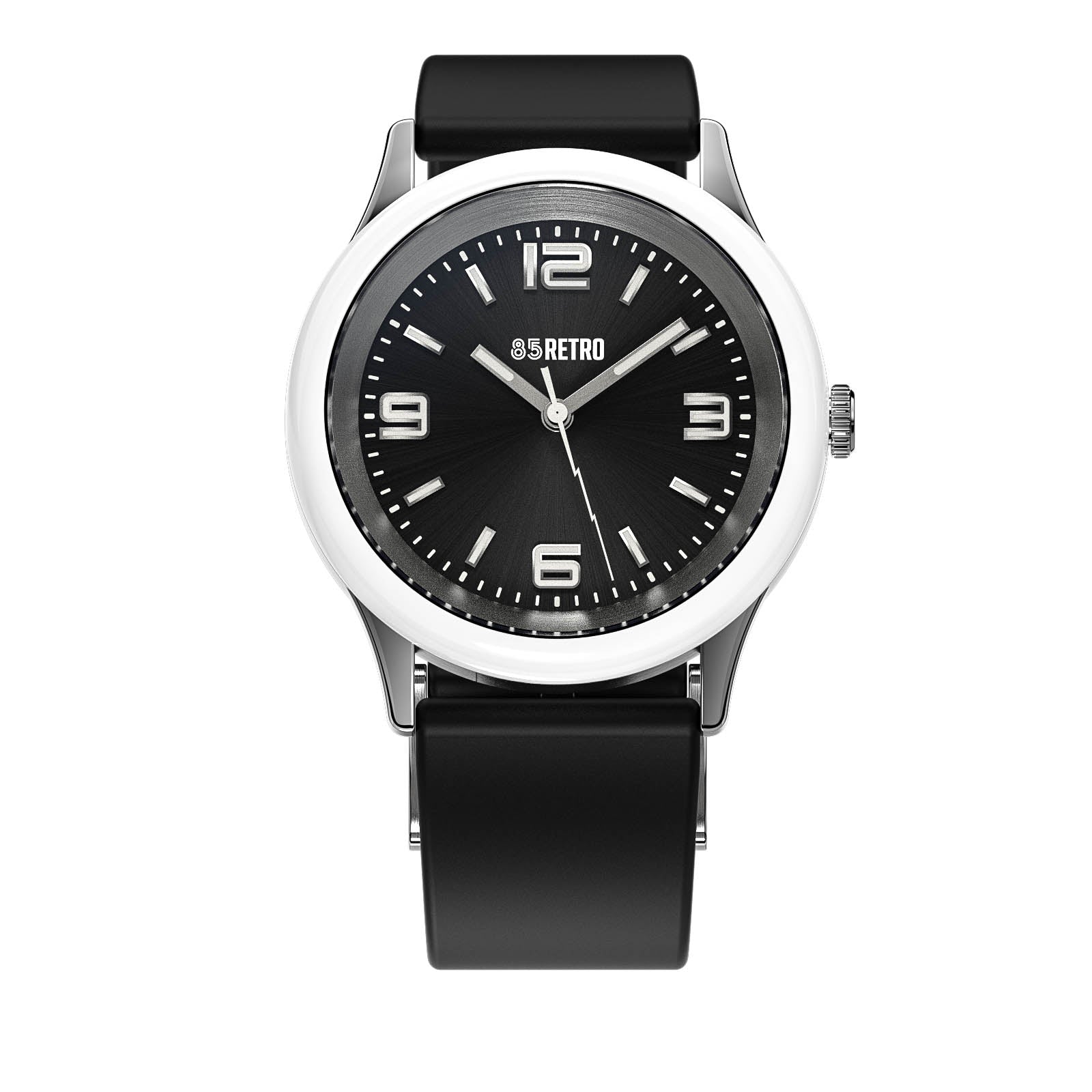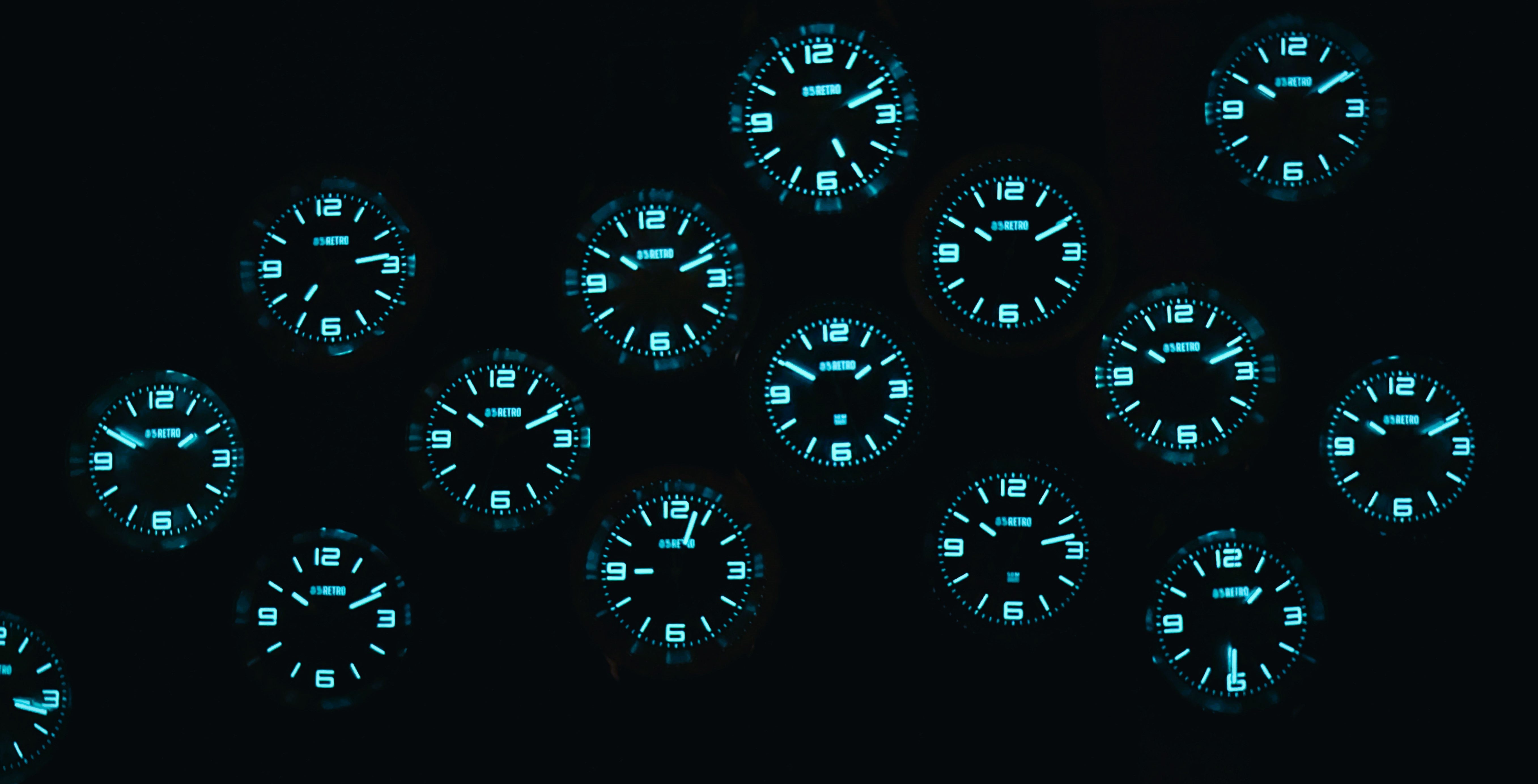When it comes to choosing a watch, one of the most important decisions you’ll make is selecting the right movement. The movement is essentially the heart of a watch, determining how it functions, keeps time, and interacts with the wearer. Two of the most popular types of watch movements are quartz and automatic. Understanding the differences between these movements can help you choose the watch that best suits your needs, lifestyle, and personal style. Here’s a detailed breakdown of quartz vs. automatic watch movements to help you make the right choice.
1. Understanding Quartz Movements: Precision and Low Maintenance
Quartz movements are powered by a battery and use a small piece of quartz crystal to regulate timekeeping. When the battery sends an electric current through the quartz, the crystal vibrates at a consistent frequency, driving the movement of the watch hands with incredible precision. Quartz watches are known for their accuracy, reliability, and low maintenance, making them a popular choice for everyday wear.
Key Features of Quartz Movements:
- High Accuracy: Quartz watches are highly accurate, often deviating only a few seconds per month, making them ideal for those who need precise timekeeping.
- Low Maintenance: Quartz movements require minimal upkeep—simply replace the battery every 2-3 years, and your watch will keep running smoothly.
- Unique Quartz Variants - Seiko VH31: The Seiko VH31 movement, used in the 85RETRO™ Model 1, offers a unique sweeping seconds hand that mimics the look of an automatic watch, giving you the elegance of a smooth sweep with the reliability of quartz technology.
Pros of Quartz Watches:
- Cost-Effective: Typically less expensive than automatic watches, quartz models offer a budget-friendly option with excellent accuracy.
- Slim Designs: Quartz movements are generally thinner than automatic ones, allowing for sleek, lightweight watch designs that are comfortable to wear.
- Reliable in All Conditions: Quartz watches are not affected by temperature changes or magnetic fields, maintaining consistent performance.
Cons of Quartz Watches:
- Lack of Traditional Craftsmanship: Quartz movements are often mass-produced and lack the intricate craftsmanship of mechanical watches, which some watch enthusiasts value.
- Battery Changes: While infrequent, battery replacements are necessary and can be inconvenient if the watch stops unexpectedly.
Best Uses for Quartz Watches:
- Everyday Wear: Quartz watches are perfect for daily wear due to their low maintenance and high reliability.
- Sports and Outdoor Activities: Their durability and resistance to environmental factors make quartz watches ideal for active lifestyles.
Example: The 85RETRO™ Model 1, featuring the Seiko VH31 movement, combines the precision of quartz with a unique sweeping seconds hand, offering a stylish design that looks like an automatic watch but with the convenience and accuracy of quartz.
2. Understanding Automatic Movements: Tradition and Craftsmanship
Automatic, or self-winding, movements are a type of mechanical movement that uses the wearer’s natural wrist motion to wind the watch’s mainspring, powering the watch without the need for a battery. Automatic watches are known for their craftsmanship, featuring intricate assemblies of gears, springs, and rotors that work together to keep time. This traditional watchmaking technique appeals to collectors and enthusiasts who appreciate the art and mechanics of horology.
Key Features of Automatic Movements:
- Powered by Motion: Automatic watches wind themselves using the natural motion of your wrist. If worn regularly, they don’t need manual winding.
- Visible Movement: Many automatic watches feature exhibition case backs, allowing wearers to see the intricate movement in action—a detail that adds to the watch’s appeal.
- Smooth Sweeping Second Hand: Unlike the ticking movement of most quartz watches, automatic watches feature a smooth, sweeping second hand, giving them a refined, continuous motion—though this is also a feature now available in some quartz models like the Seiko VH31.
Pros of Automatic Watches:
- Craftsmanship and Heritage: Automatic movements are often associated with luxury and high-end watchmaking, reflecting centuries of tradition and skill.
- Battery-Free Operation: As long as you wear it regularly, an automatic watch will keep running without the need for a battery change.
- Collectibility: Automatic watches are highly valued among collectors and can often retain or even increase in value over time.
Cons of Automatic Watches:
- Less Accurate: Automatic watches are typically less accurate than quartz, often deviating by a few seconds per day, depending on the quality of the movement.
- Regular Maintenance Required: Automatic watches require servicing every 3-5 years to clean, lubricate, and adjust the movement, which can be costly.
- Sensitive to Environment: Automatic movements can be affected by temperature changes, magnetic fields, and shocks, which may impact accuracy.
Best Uses for Automatic Watches:
- Formal and Business Settings: Automatic watches are perfect for occasions where style and craftsmanship are appreciated, such as business meetings or formal events.
- Watch Collecting: For those interested in the art of watchmaking, automatic watches offer a deeper connection to traditional horology.
Example: An automatic watch with a visible rotor and intricate movement pairs beautifully with formal attire, showcasing both elegance and craftsmanship.
3. Comparing the Movements: Which Is Right for You?
Choosing between a quartz and an automatic watch ultimately comes down to personal preference, lifestyle, and how you plan to use your timepiece. Here’s a quick comparison to help you decide which movement best suits your needs:
Accuracy:
- Quartz: Superior accuracy, deviating only a few seconds per month.
- Automatic: Generally less accurate, with slight daily variations depending on the movement quality.
Maintenance:
- Quartz: Minimal maintenance; battery replacement every 2-3 years.
- Automatic: Requires regular servicing every 3-5 years to maintain optimal performance.
Cost:
- Quartz: Typically more affordable, making it accessible for everyday wear.
- Automatic: Often more expensive due to the complexity and craftsmanship involved.
Design and Craftsmanship:
- Quartz: Focuses on functionality and modern, sleek designs. The Seiko VH31 movement adds a layer of elegance with its sweeping seconds hand, bridging the gap between quartz precision and automatic aesthetics.
- Automatic: Emphasizes traditional craftsmanship, with intricate details and often visible movements.
Durability:
- Quartz: Highly durable, resistant to environmental factors.
- Automatic: More delicate due to the intricate mechanics, requiring careful handling.
4. The Best of Both Worlds: Quartz Movements with Automatic Appeal
The Seiko VH31 movement exemplifies the merging of quartz reliability with automatic aesthetics. Its sweeping seconds hand mimics the smooth motion typically reserved for automatic watches, providing an elegant, continuous sweep that adds a sophisticated touch to any watch. This movement allows wearers to enjoy the look and feel of an automatic without the need for regular winding or costly servicing.
Example: The 85RETRO™ Model 1, with its Seiko VH31 movement, offers a stylish, modern design that caters to those who appreciate the elegance of a sweeping second hand and the convenience of a quartz watch.
Conclusion
Choosing between quartz and automatic movements is about balancing your priorities—whether you value the precision and low maintenance of quartz or the heritage and craftsmanship of automatic. With innovations like the Seiko VH31, you can even enjoy a hybrid approach that combines the best of both worlds. Whether you’re looking for a reliable everyday watch or a beautifully crafted timepiece for special occasions, understanding these movements will help you make an informed decision and find the perfect watch to fit your style. Explore versatile options like the 85RETRO™ Model 1, which combines high-quality quartz movement with a smooth sweeping seconds hand, providing the elegance of an automatic with the reliability of quartz.



